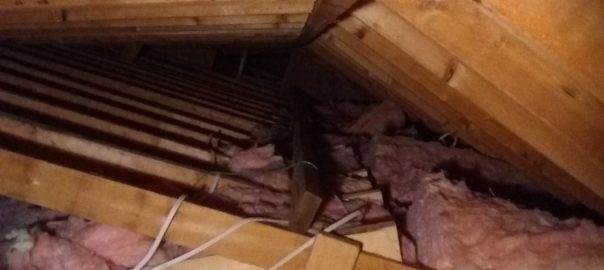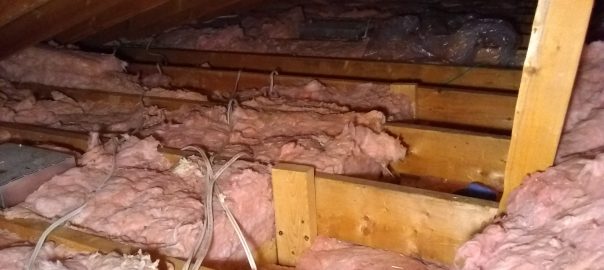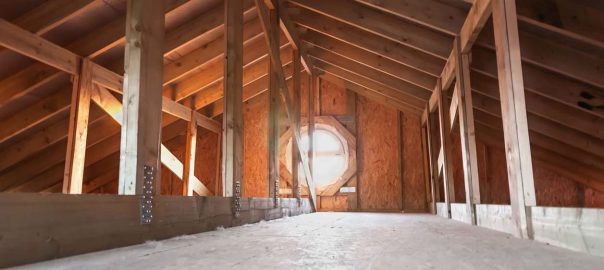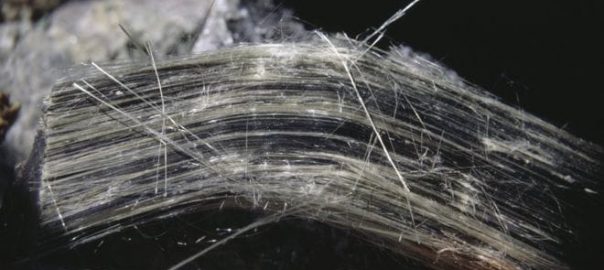How to Repair Pest Damage on Attic Insulation
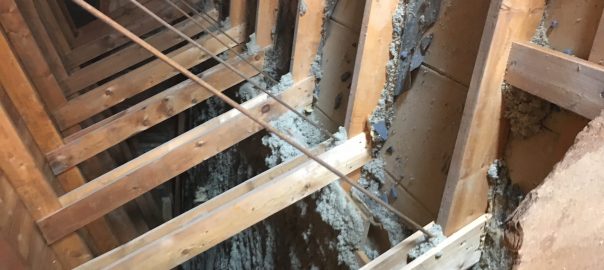
Many homeowners find that there is a lot left to be done once they have successfully evicted rodents or wildlife from the attic. The major bone of contention for many people in this situation is what to do about the extensive damage to the insulation.
Unfortunately, there are no easy fixes for insulation that has been contaminated or destroyed by a pest invasion. Depending on the specific situation, the remediation can be cheap and quick or extensive and expensive.
The way forward should be left to a professional to decide since you’ll need a lot more than repairing attic insulation. You need attic restoration once the pests have been evicted. Read More

